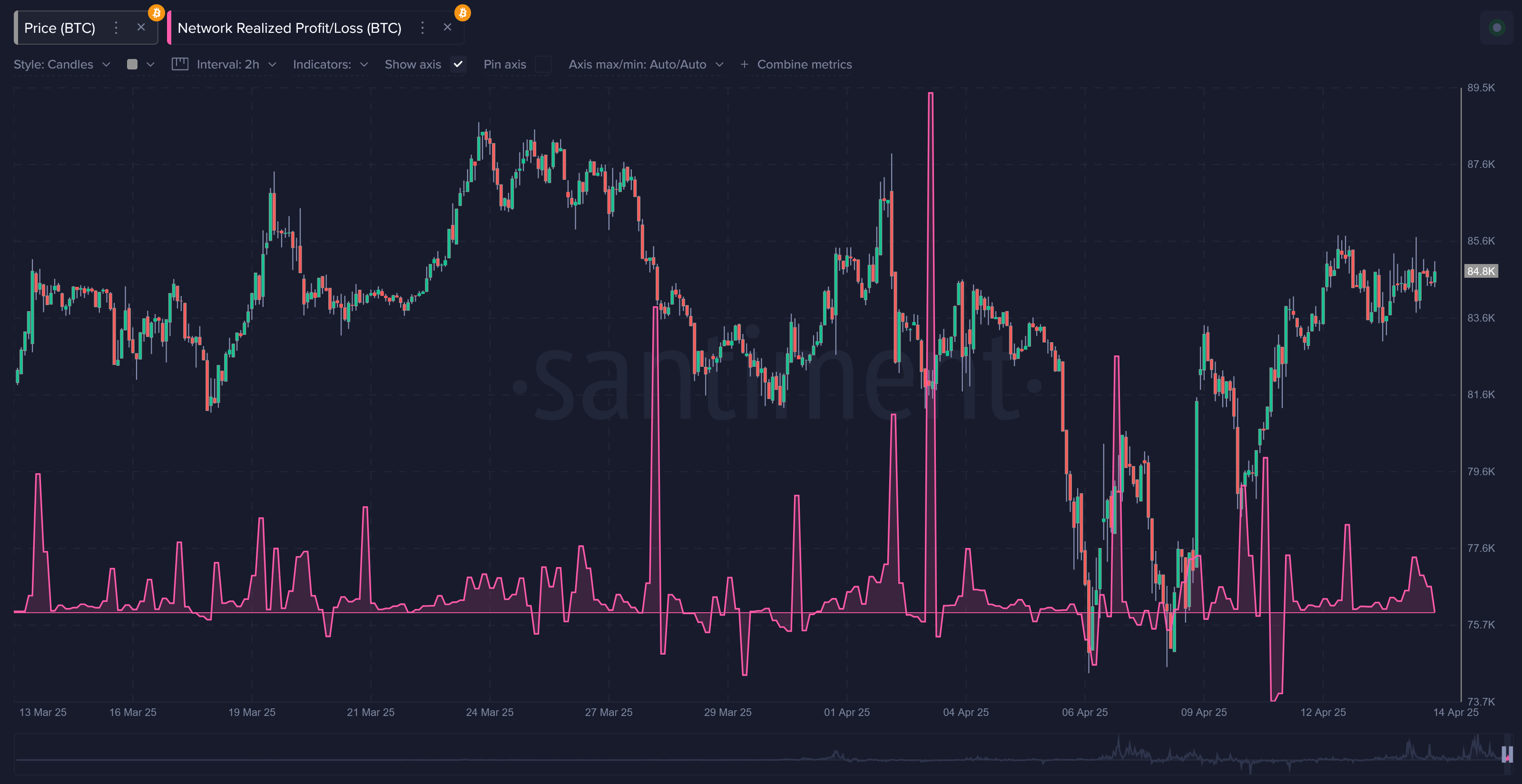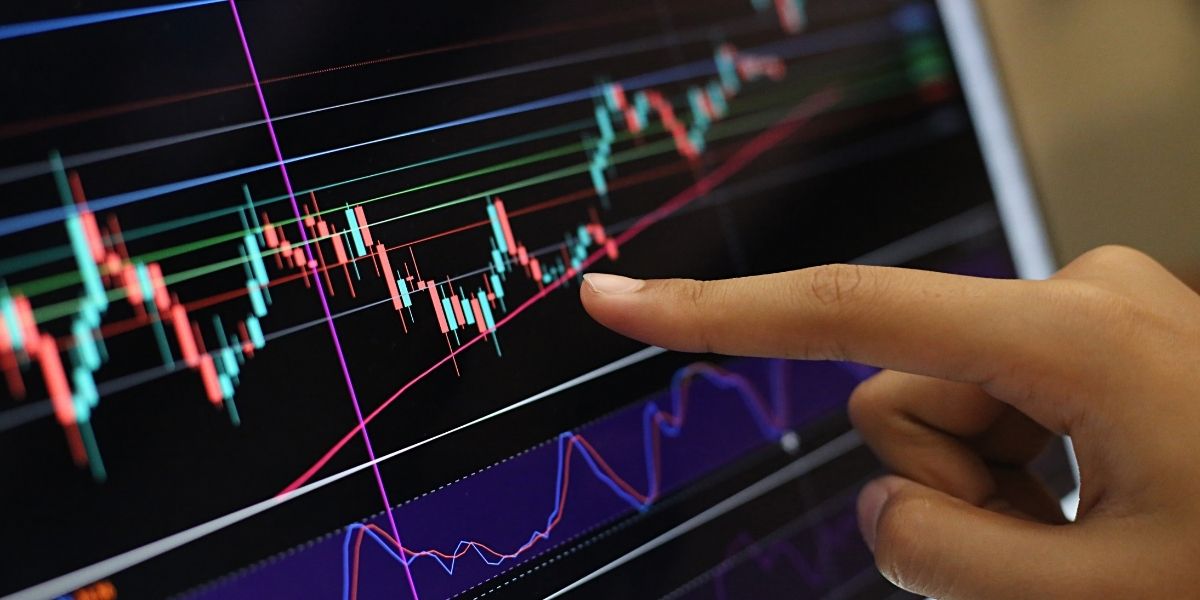Recent abrupt changes in U.S. customs tariffs aimed at China continue to shake global markets, while Bitcoin  $93,907 maintains a robust position above the $85,000 level. Recent tax exemptions and shifts in investor sentiment have sparked a wave of optimism in both the stock and cryptocurrency markets. The decline in U.S. Treasury yield rates and positive on-chain data are key factors supporting Bitcoin’s recovery. However, political uncertainties and global economic indicators compel investors to remain cautious.
$93,907 maintains a robust position above the $85,000 level. Recent tax exemptions and shifts in investor sentiment have sparked a wave of optimism in both the stock and cryptocurrency markets. The decline in U.S. Treasury yield rates and positive on-chain data are key factors supporting Bitcoin’s recovery. However, political uncertainties and global economic indicators compel investors to remain cautious.
How U.S.-China Tensions Affect the Cryptocurrency Market
After President Donald Trump suspended tariffs of up to 145% for 90 days, there was a brief reprieve in the markets. Notably, the news of temporary exemptions for smartphones, laptops, and storage devices led to a surge in both technology stocks and cryptocurrencies. Bitcoin’s price swiftly rose to $85,810, marking a 12.9% recovery from the low of $75,000 seen on April 8.
Despite this temporary relief, tensions between China and the U.S. continue, with both countries ramping up mutual sanctions. Trump stated that no country or sector would be “spared,” announcing plans to implement tariffs targeting semiconductors and electronic supply chains within two months. This complicates long-term planning for investors. Additionally, China’s move to restrict exports of rare earth elements and strengthen trade ties in Southeast Asia signifies that tensions are just beginning.
Positive On-Chain Data
Bitcoin’s recent rise is not solely attributed to macro developments; improvements in on-chain data have also played a significant role. The increase in the ‘Realized Profit/Loss’ (NRPL) ratio indicates a healthy foundation for market growth. Furthermore, there has been a noticeable decline in Bitcoin supply on exchanges, suggesting that investors prefer to hold rather than sell, indicating a long-term strategy.

Moreover, the increase in holdings among large wallet addresses is noteworthy. Addresses holding ten or more BTC have reached an all-time high with a total balance of 16.36 million BTC. In contrast, individual investors have remained predominantly on the selling side during recent fluctuations. For instance, under the leadership of Michael Saylor, Strategy (MSTR) recently purchased $285 million worth of Bitcoin, reaffirming confidence in the cryptocurrency.

All these developments indicate that the cryptocurrency market continues to attract investors not just through price movements but also through its technological and structural strength. Projects like Truebit are collaborating with governments to integrate Blockchain technology into global trade processes. The ability to transparently track the origin and movement of products takes Blockchain beyond traditional systems.
Despite short-term gains, global economic uncertainty is fostering cautious optimism among investors. A CBS News survey published on April 13 reveals that 59% of Americans believe the economy is worsening. This indicates a rapid decline in support for President Trump’s economic policies, as uncertainties stemming from the trade war compel both companies and individual investors to reassess their long-term strategies.
Cryptocurrency investors appear slightly more optimistic compared to traditional market participants. However, historical data clearly shows a strong correlation between cryptocurrencies and stocks. Thus, while temporary divergences may occur, investment decisions are still significantly influenced by the overall market sentiment.

 Türkçe
Türkçe Español
Español







